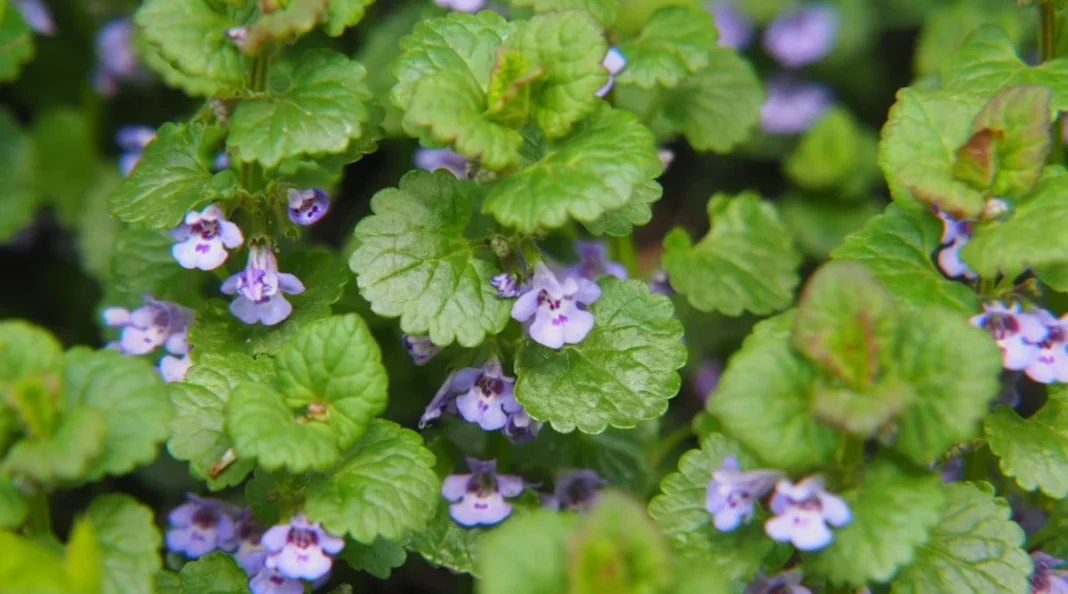Outline
- Introduction: The Charm of Weeds
- Exploring the World of Weeds
- Understanding Weeds: Nature’s Misunderstood Gems
- Defining Weeds
- The Allure of Purple Flowers
- Exploring Popular
- Purple Deadnettle (Lamium purpureum)
- Creeping Charlie (Glechoma hederacea)
- Purple Loosestrife (Lythrum salicaria)
- Cultivating
- Creating Wildlife-Friendly Gardens
- Naturalizing Landscapes
- The Ethical Perspective: Rethinking Weed Management
- Embracing Diversity
- Sustainable Practices
- Conclusion: Celebrating Nature’s Diversity
- FAQs (Frequently Asked Questions)
Introduction
Exploring the World of Weeds
Weeds with purple flowers, often seen as nuisances in gardens and lawns, surprise us with their unexpected beauty. Among the myriad of weed varieties, those with purple flowers stand out for their striking allure. In this article, we delve into the enchanting world of weeds adorned with purple blossoms.
Understanding Weeds: Nature’s Misunderstood Gems
Defining Weeds
Weeds are plants growing where they are not wanted, competing with cultivated plants for nutrients and sunlight. While they are often viewed negatively, some weeds possess captivating characteristics.
The Allure of Purple Flowers
Purple flowers symbolize mystery, spirituality, and elegance. Weeds adorned with these blooms add a touch of enchantment to any landscape, challenging traditional notions of beauty.
Exploring Popular
1. Purple Deadnettle (Lamium purpureum)
Purple deadnettle, with its vibrant purple flowers and serrated leaves, is a common sight in gardens and disturbed areas. Despite its name, it is not related to the stinging nettle and poses no harm to humans.
2. Creeping Charlie (Glechoma hederacea)
Also known as ground ivy, creeping Charlie features small, tubular purple flowers and scalloped leaves. While considered invasive in some regions, its delicate blooms add charm to spring landscapes.
3. Purple Loosestrife (Lythrum salicaria)
Though deemed invasive in many areas, purple loosestrife’s tall spikes of magenta flowers create a stunning display along wetlands and water bodies.
Cultivating: Embracing Nature’s Beauty
Creating Wildlife-Friendly Gardens
By incorporating weeds with purple flowers into our gardens, we support pollinators such as bees and butterflies, contributing to biodiversity conservation.
Naturalizing Landscapes
Rather than eradicating these plants, consider allowing them to naturalize in specific areas of your landscape, adding a touch of wild beauty.
The Ethical Perspective: Rethinking Weed Management
Embracing Diversity
Instead of striving for pristine, manicured lawns, embrace the diversity of plant life, recognizing the value that weeds bring to ecosystems.
Sustainable Practices
Implement eco-friendly weed management practices, minimizing the use of harmful chemicals and promoting a balanced, resilient environment.
Conclusion: Celebrating Nature’s Diversity
Weeds with purple flowers challenge our preconceptions, inviting us to appreciate the beauty found in unexpected places. By embracing these plants, we not only enhance the visual appeal of our surroundings but also contribute to the health of ecosystems.
FAQs (Frequently Asked Questions)
1. Are they harmful to other plants?
- Generally, they are not harmful to other plants unless they become invasive and outcompete native species.
2. Can I use weeds with purple flowers in flower arrangements?
- Yes, many weeds with purple flowers, such as purple loosestrife and purple deadnettle, can add a unique touch to floral arrangements.
3. How can I control the spread of weeds with purple flowers in my garden?
- Regular maintenance, such as hand-pulling or mulching, can help control the spread of weeds with purple flowers without resorting to chemical herbicides.
4. Are they beneficial to pollinators?
- Yes, weeds with purple flowers often attract pollinators like bees and butterflies, contributing to the overall health of ecosystems.
5. Are there any edible weeds with purple flowers?
- While not all weeds with purple flowers are edible, some, like purple deadnettle, are edible and have culinary uses.

